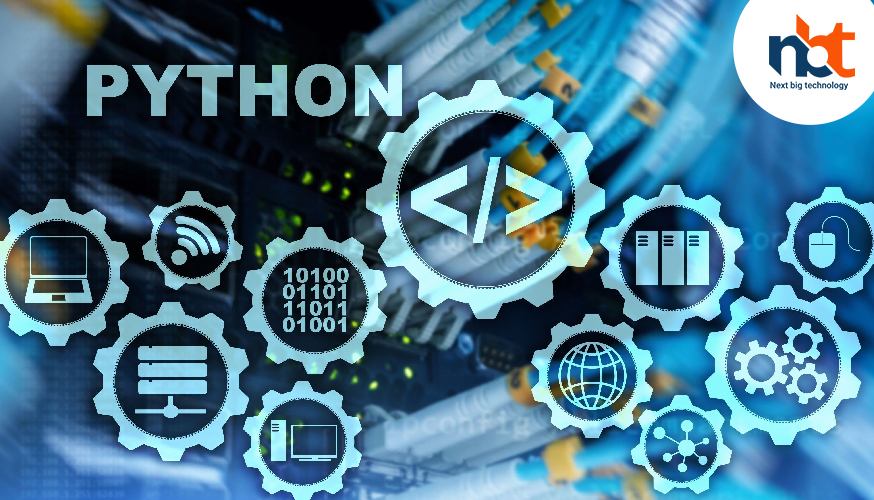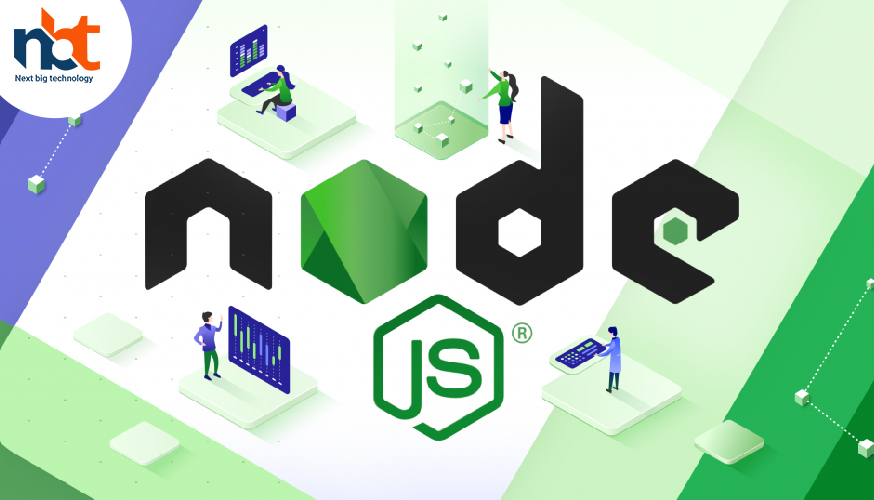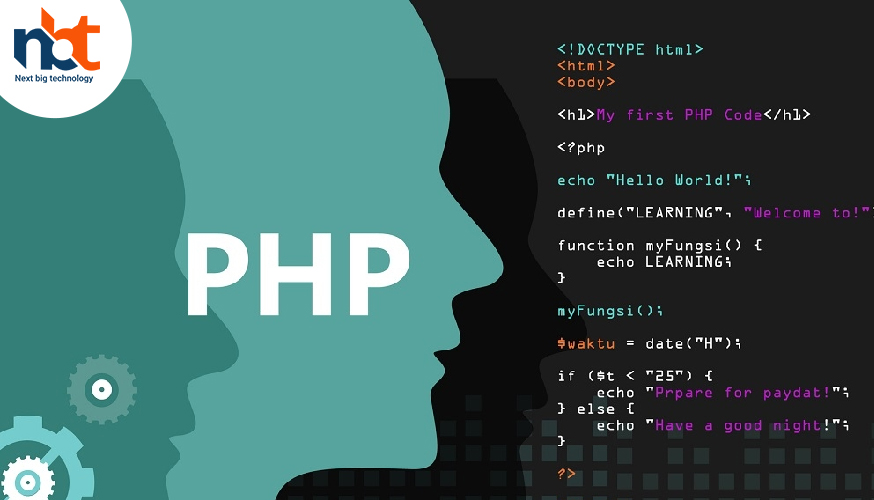In the fast-paced world of web development, the back-end plays a crucial role in ensuring websites and applications function seamlessly. Behind the scenes, various programming languages power the back-end, each with its strengths and weaknesses. In this comprehensive guide, we will compare and contrast the most popular back-end web development languages, shedding light on their unique features, use cases, and which one might be the best fit for your next project.Table of Contents
Table of Contents
1. Introduction
When it comes to building the back-end of web applications, the choice of programming language can significantly impact a project’s success. Each language brings its unique set of strengths and weaknesses to the table, making it crucial to choose the right one for your specific needs. In this article, we will delve into the world of back-end web development languages, comparing Python, Node.js, Ruby on Rails, PHP, Java, and Go (Golang). By the end, you’ll have a clearer understanding of which language aligns with your project requirements.
2. Python: The Versatile Workhorse
Why Choose Python?
Python is renowned for its simplicity and readability, making it an excellent choice for developers of all levels. It boasts a rich ecosystem of libraries and frameworks, including Django and Flask, that streamline web development. Python’s versatility extends beyond web development, making it suitable for a wide range of applications, from data analysis to machine learning.
Use Cases and Applications
- Web applications
- Data-driven websites
- Scientific computing
- Machine learning and AI
- Automation scripts
Pros and Cons
Pros:
- Easy to learn and read
- Large developer community
- Abundance of libraries
- Cross-platform compatibility
Cons:
- Slower performance compared to some languages
- Global Interpreter Lock (GIL) can hinder multi-threading
3. Node.js: Powering Real-time Applications
Why Choose Node.js?
Node.js is known for its ability to handle real-time applications efficiently. It uses JavaScript on both the front-end and back-end, allowing for seamless communication between the two. This event-driven, non-blocking I/O approach makes Node.js an ideal choice for applications that require real-time updates.
Use Cases and Applications
- Real-time chat applications
- Streaming services
- Online gaming platforms
- Collaborative tools
- Internet of Things (IoT) applications
Pros and Cons
Pros:
- High-speed performance
- Single-language development (JavaScript)
- Thriving open-source community
- Scalable architecture
Cons:
- Not well-suited for CPU-intensive tasks
- Callback hell (complex callback structures)
4. Ruby on Rails: Rapid Development Framework
Why Choose Ruby on Rails?
Ruby on Rails, often simply called Rails, is a web development framework designed for rapid application development. It emphasizes convention over configuration, allowing developers to build robust web applications quickly. Rails’ simplicity and elegance make it a preferred choice for startups.
Use Cases and Applications
- E-commerce platforms
- Social networking sites
- Content management systems (CMS)
- Online marketplaces
- Booking and reservation systems
Pros and Cons
Pros:
- Rapid development
- Elegant and clean code
- Strong focus on developer happiness
- Active developer community
Cons:
- Performance can be an issue with large-scale applications
- Learning curve for developers new to Ruby
5. PHP: The Battle-Tested Language
Why Choose PHP?
PHP is one of the most battle-tested back-end languages, powering a vast portion of the web. It is known for its compatibility with various databases and web servers, making it a dependable choice for web developers. PHP’s extensive library of functions simplifies web development tasks.
Use Cases and Applications
- Content management systems (WordPress)
- E-commerce websites
- Forums and social networks
- Enterprise-level applications
- Web-based software
Pros and Cons
Pros:
- Wide adoption and support
- Excellent database integration
- Low development costs
- Great for beginners
Cons:
- Inconsistent standard library
- Prone to security vulnerabilities if not handled properly
6. Java: Scalability and Reliability
Why Choose Java?
Java is renowned for its scalability and reliability, making it a popular choice for large-scale enterprise applications. Its strict typing and robust error checking contribute to a stable codebase. Java’s “write once, run anywhere” philosophy ensures cross-platform compatibility.
Use Cases and Applications
- Enterprise-level applications
- Financial services software
- Android app development
- High-performance computing
- Large-scale e-commerce platforms
Pros and Cons
Pros:
- Exceptional performance
- Strong typing for error prevention
- Extensive libraries and frameworks
- High security standards
Cons:
- Verbosity of code
- Longer development time compared to some languages
7. Go (Golang): Efficiency and Performance
Why Choose Go?
Go, often referred to as Golang, is a statically typed language designed for efficiency and performance. It’s an excellent choice for building high-performance applications that require low-latency responses. Go’s simplicity and minimalism contribute to its speed and reliability.
Use Cases and Applications
- Distributed systems
- Cloud-native applications
- Microservices architecture
- Networking applications
- DevOps tools
Pros and Cons
Pros:
- Exceptional performance
- Strong support for concurrency
- Efficient memory management
- Rapid compilation
Cons:
- Smaller ecosystem compared to some languages
- Learning curve for developers new to Go
8. Conclusion
In the realm of back-end web development, there’s no one-size-fits-all solution. The choice of programming language depends on your project’s specific requirements, your team’s expertise, and your long-term goals. Python excels in versatility, Node.js in real-time applications, Ruby on Rails in rapid development, PHP in battle-tested reliability, Java in scalability, and Go in efficiency and performance. Consider these factors carefully when embarking on your next web development journey.
9. FAQs
Q1: Which back-end language is the easiest to learn for beginners?
A1: Python
Thanks for reading our post “Back-End Web Development Languages Comparison”. Please connect with us to know more about Back-End Web Development Languages.















